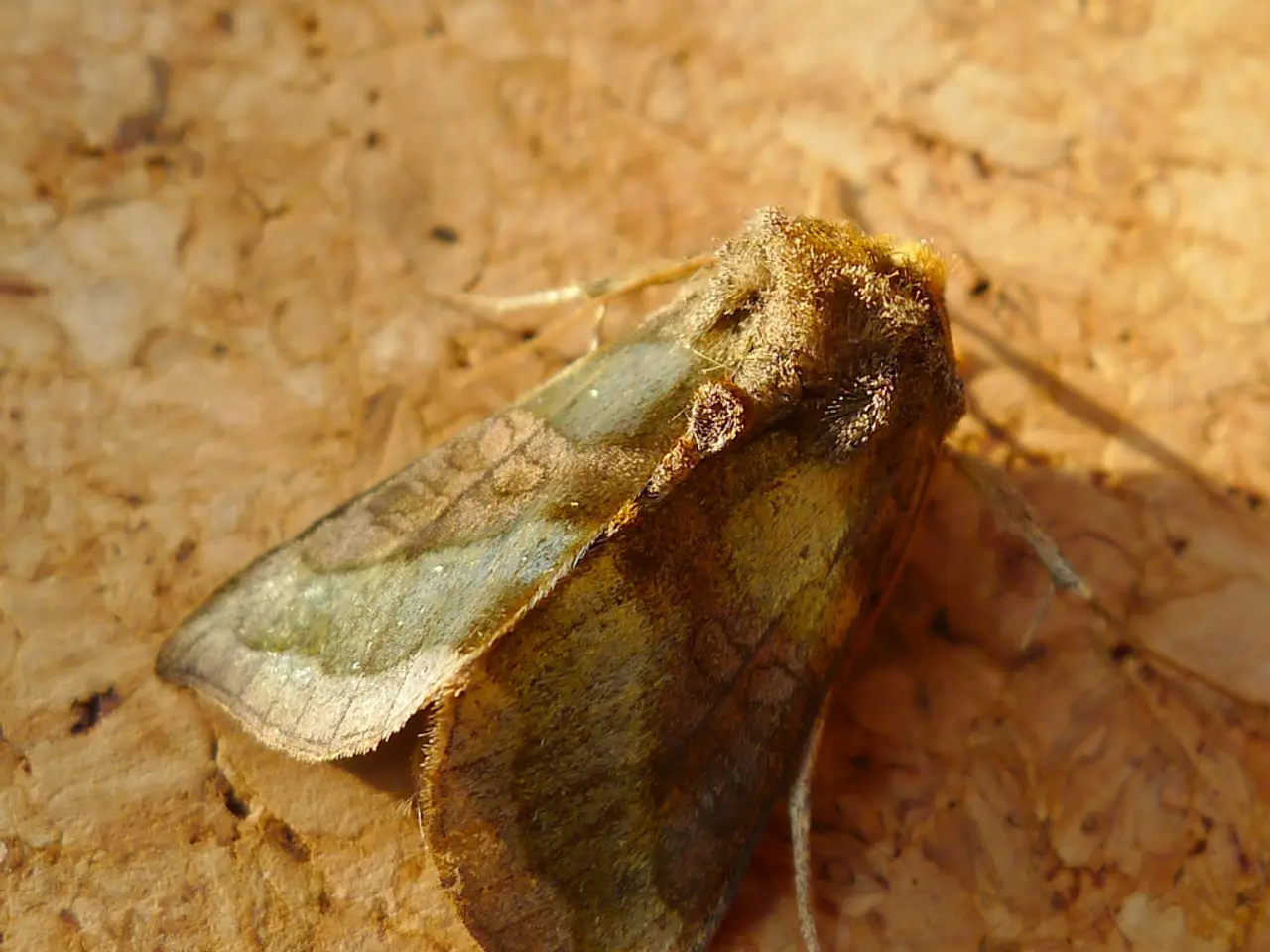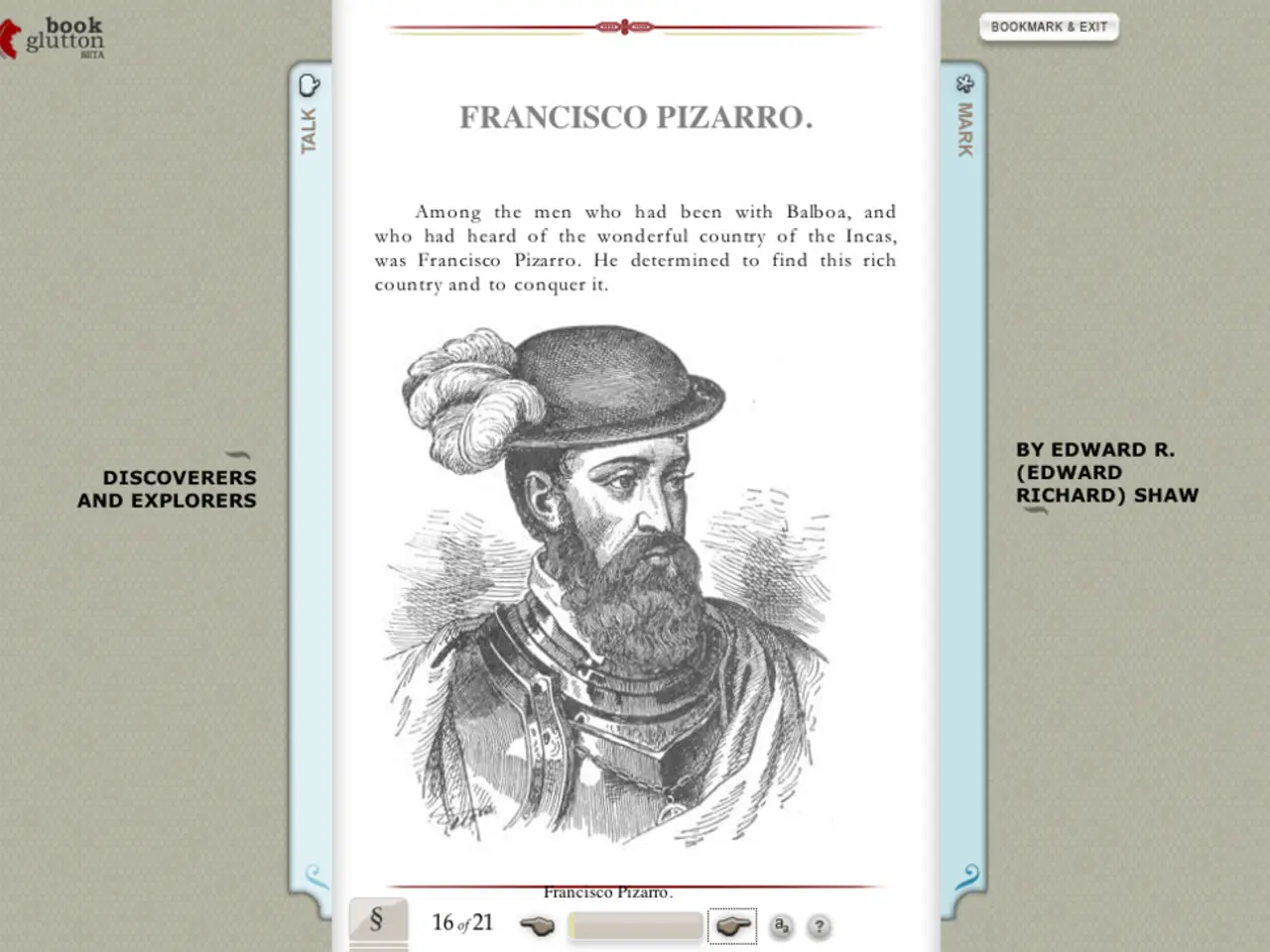MothNet: A Comprehensive Overview
In the enchanting landscapes of New Zealand, an inspiring project is shedding light on the often overlooked inhabitants of the night – moths. The Ahi Pepe MothNet project is a collaborative initiative that brings together organisations such as Forest & Bird, Manaaki Whenua - Landcare Research, Plant & Food Research, and others, with a shared goal of studying and conserving moths in New Zealand.
The project's mission is twofold: to conduct scientific research on native moth species, gathering data on their distribution, behaviour, and ecology; and to engage schools and communities, raising awareness about moths and their importance in ecosystems. By fostering collaboration between scientists, educators, and the public, Ahi Pepe MothNet aims to improve knowledge about moth biodiversity in New Zealand and promote conservation efforts.
A key aspect of the project is its focus on STEM education. Ahi Pepe MothNet provides learning resources and opportunities linked to moth research, supporting the next generation of scientists and environmentalists. The project has even expanded to include all of Aotearoa, allowing schools across the country to take part in moth research.
The Ahi Pepe MothNet project is funded through Otago Science into Action, a pilot of the Participatory Science Platform (PSP), and additional funding comes from Manaaki Whenua - Landcare Research, Te Kura Kaupapa Māori o Ōtepoti, Te Rūnanga o Ngāi Tahu, Te Tumu, University of Otago, Department of Geography, University of Otago, Orokonui Ecosanctuary, Otago Museum, and New Zealand's Biological Heritage National Science Challenge.
The project's foundations lie in the Otago region, but it has since expanded nationwide. Moth specimens caught in moth traps are sorted and counted the following day and identified by Robert, a dedicated entomologist. Heath moth traps are used to investigate the effects of orange street lights on moth communities and whether vegetation restoration impacts moth diversity.
Moths play crucial roles in the ecosystem as food for native birds, reptiles, and invertebrates, and as pollinators of plants. They are also indicator species for environmental change due to their short lifespans and mobility. The project aims to connect children to moths, helping them see the significance of these fascinating creatures, and better understand, appreciate, and take care of native moths.
For a comprehensive overview of the Ahi Pepe MothNet project, watch the video "Moth Net: Shedding Light on the Night". To delve deeper into the world of New Zealand's moths, visit the Moths and Butterflies of New Zealand Trust (MBNZT) website. To learn more about moth identification, visit www.ahipepe.org for extensive information and resources produced by Ahi Pepe MothNet. The project partners have also worked with Te Rūnanga o Ngāi Tahu to produce eight identification guides in te reo Māori and English.
The Ahi Pepe MothNet project is a testament to the power of collaboration and the importance of understanding and conserving New Zealand's unique biodiversity. By fostering a love for moths in the next generation, the project is ensuring that these often overlooked creatures will continue to thrive in the years to come.
Science plays a significant role in the Ahi Pepe MothNet project, as scientists conduct research on native moth species to gather data on their distribution, behavior, and ecology. Additionally, the project supports education and self-development by providing learning resources and opportunities linked to moth research, nurturing the next generation of scientists and environmentalists.




